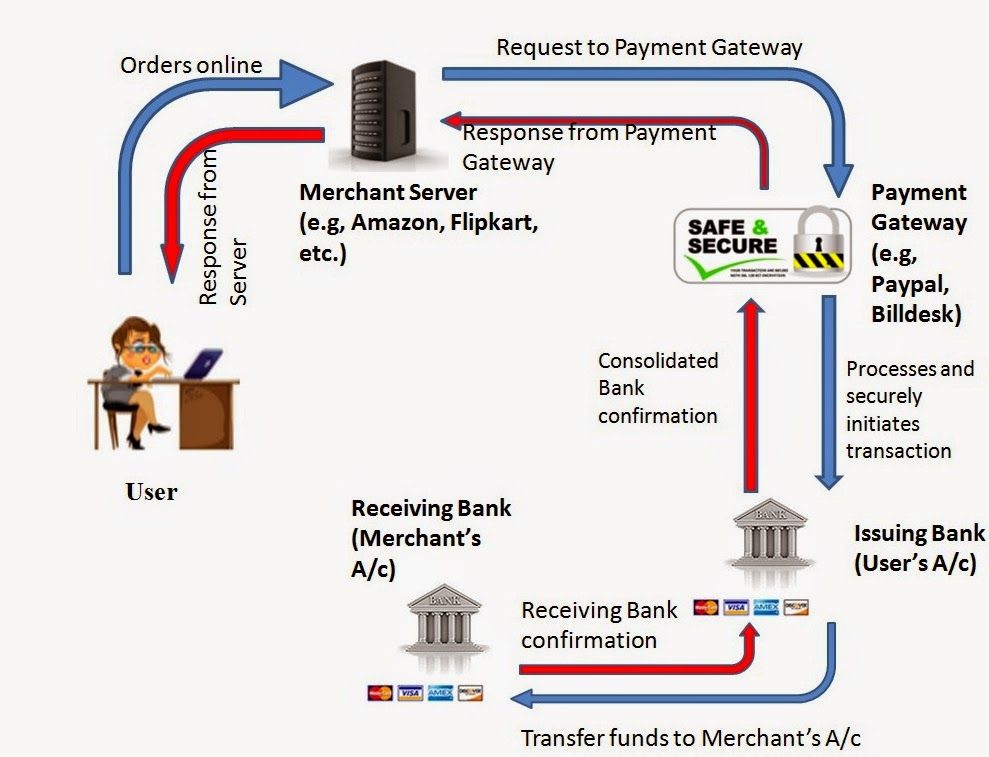

Although this article focuses on transactions in Microsoft Dynamics 365 Finance, some of the concepts and validation can be applied to other apps, such as Dynamics 365 Supply Chain Management.Īdditionally, the place where a transaction is reversed might affect whether it can be reversed. The remaining sections of this article provide the validation for each module. Transactions must meet specific criteria before they can be reversed.

The accrual method is slightly more complicated and often used by businesses with greater turnover. In the UK, HMRC dictates that a company can only use this accounting system if their revenue is below £150,000. The simplicity of cash accounting makes it popular for smaller businesses.

Where funds are incoming they are recorded as revenue and outgoing funds are recorded as liabilities. The cash accounting method records transactions only when cash is received or paid by the company. There are two bookkeeping systems used to account for business transactions: cash accounting and accrual accounting. Business and investment transactionsĪs well as transactions related to business operations, a company may also make investments in marketable securities and other assets to generate income. However, some transactions are internal such as the exchange of assets between departments or locations, or the payment of employees. Most transactions are external, meaning they take place between the company and third parties such as customers and suppliers. However, sometimes a company may extend credit to a customer to improve their brand value and take advantage of a sale they may otherwise miss out on. Typically, payment for a transaction is due immediately as cash. These transactions are usually categorised as follows: Cash and credit transactions moving current assets from one department to another.paying interest on the company’s liabilities.paying for rent and utilities on a business premises.paying employees, contractors, or subcontractors.borrowing start-up capital or bridging finance from a bank.selling products or services to customers.There are many exchanges that take place in business operations that meet the definition of a transaction. Depending on whether the company uses cash accounting or accrual accounting, a transaction may be recorded earlier or later. This plain definition of “transaction” can get tricky. In business bookkeeping, it’s important to record different types of transactions accurately to ensure financial transparency. These cover general operational costs, as well as capital expenditures such as new equipment, machinery or plant that could enhance operations.
Transaction software#
Alternatively, they may sell software or other goods and services required for business operations, known as B2B transactions. These may supply the goods that the company sells wholesale, or components/ingredients of products that the company makes. A company’s operating cash flow includes numerous transactions with third-party vendors.

As well as transactions between the business and its customers (B2C transactions), there will be many instances where the company will act as a buyer rather than a seller. Financial transactions are the lifeblood of a company, helping them to build a steady stream of revenue and facilitating cash flow. In a transaction, the seller supplies goods, services or other financial assets in exchange for cash funds. A transaction is an agreement between two parties: a buyer and a seller.


 0 kommentar(er)
0 kommentar(er)
